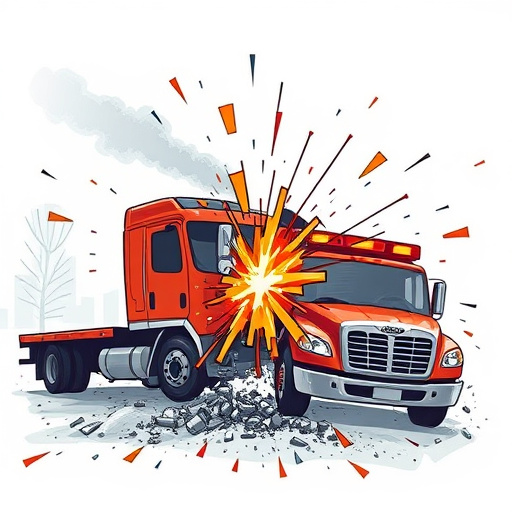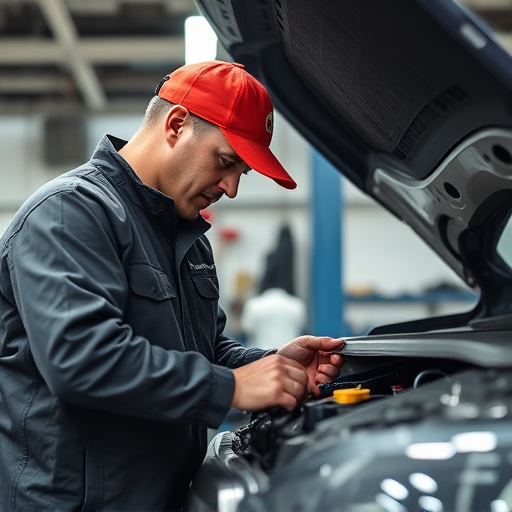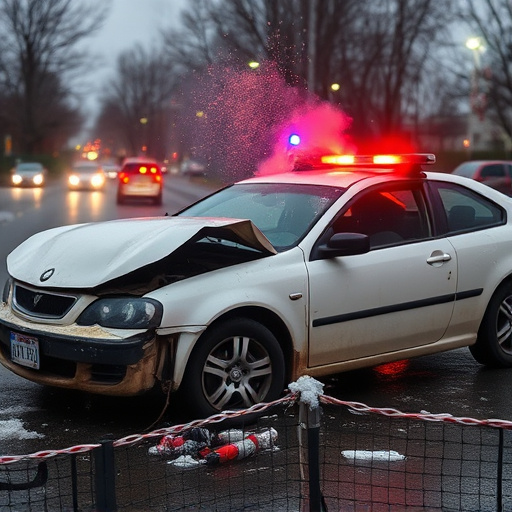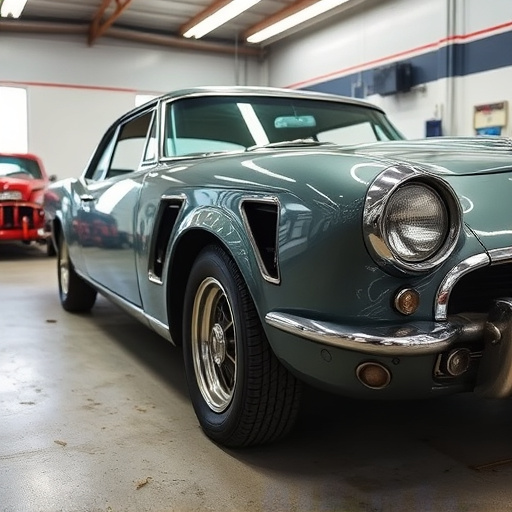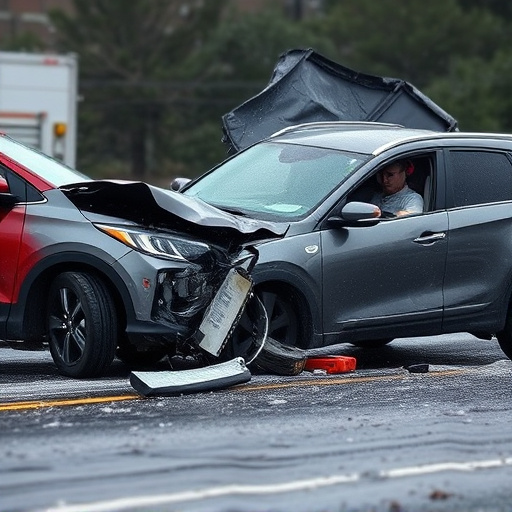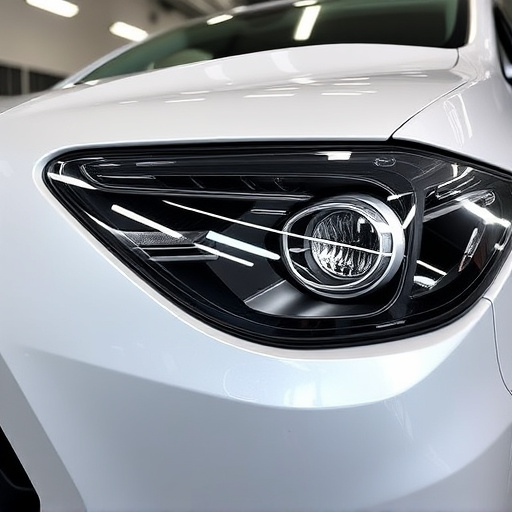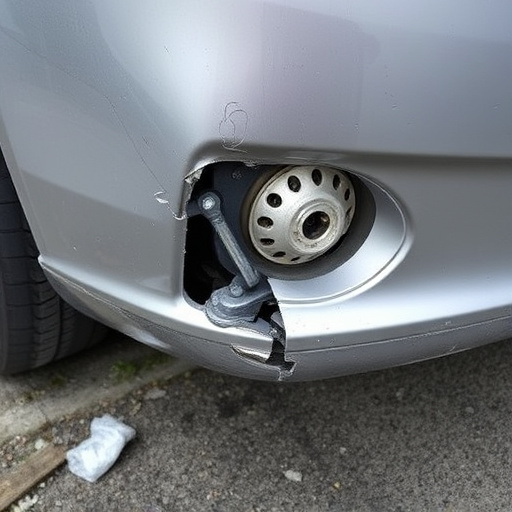Achieving superior color matching excellence in classic car restoration and collision repair requires a deep understanding of color theory, including hue, value, and saturation. Lighting conditions, application techniques, and material quality can impact consistency. Standardized procedures using tools like spectrophotometers, digital color profiles, and effective communication ensure accurate results, preserving historical integrity and customer satisfaction.
Consistency is crucial in achieving color matching excellence, especially for professionals in design, art, and manufacturing. This article delves into the intricate world of color theory, exploring how understanding hue, shade, and saturation translates into accurate matching. We examine the profound impact of inconsistency on final results, from printing errors to product discrepancies. Additionally, we provide practical strategies to cultivate consistent color matching excellence, ensuring vibrant, precise outcomes every time.
- Understanding Color Theory for Accurate Matching
- The Impact of Inconsistency on Final Results
- Strategies to Foster Consistent Color Matching Excellence
Understanding Color Theory for Accurate Matching
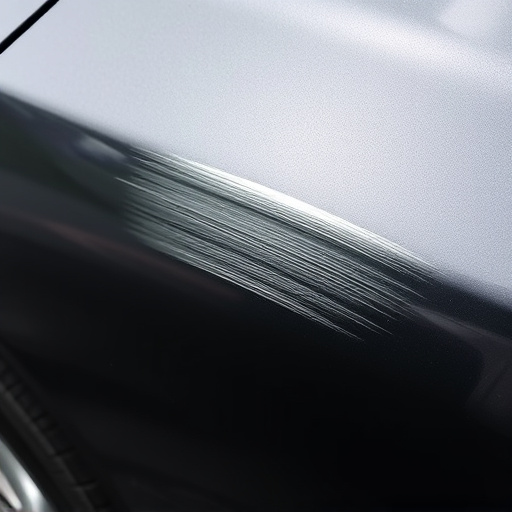
Achieving color matching excellence requires a deep understanding of color theory. Color is composed of three primary components: hue, value, and saturation. Hue refers to the type of color, like red or blue; value determines how light or dark it is; and saturation indicates its vibrancy. To accurately match colors, especially in detailed tasks like classic car restoration or car body repair, it’s crucial to know how these elements interact. For instance, when a car undergoes collision repair services, matching the exact hue, value, and saturation of the original paint ensures a seamless, professional finish.
This knowledge becomes even more vital when dealing with complex color palettes or subtle nuances. In classic car restoration, for example, restoring a vintage vehicle’s unique and often hard-to-recreate colors demands precision. By understanding not just what colors look like but how they behave under different lighting conditions and how they interact with one another, restorers can achieve true color matching excellence, preserving the historical integrity of the vehicle.
The Impact of Inconsistency on Final Results
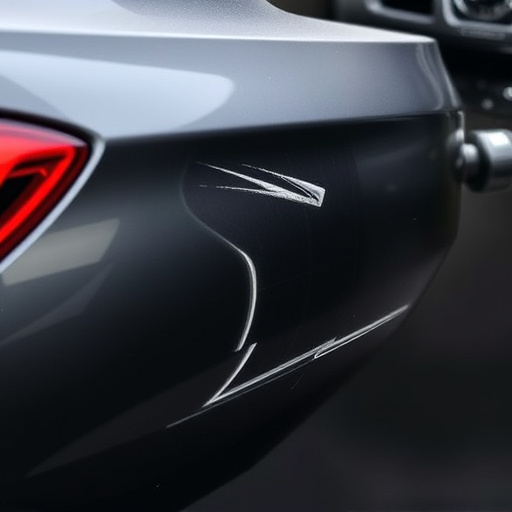
Inconsistency in color matching can lead to visually displeasing outcomes, especially in industries like automotive repairs where precision is paramount. When dealing with bumper repair or car bodywork, achieving seamless color consistency is vital for a professional finish. Each component of the repair process, from surface preparation to painting, needs to be executed precisely to ensure the final product matches the original vehicle’s color perfectly. Any deviation can result in noticeable differences, creating an unappealing and inconsistent appearance.
This issue often arises due to variations in lighting conditions, different application techniques, or the use of subpar materials. In the context of collision repair services, where multiple vehicles with varying colors are handled daily, maintaining consistency requires rigorous standardization of procedures. By adhering to strict protocols and utilizing high-quality products, technicians can minimize inconsistencies, guaranteeing excellent color matching that satisfies customers’ expectations.
Strategies to Foster Consistent Color Matching Excellence
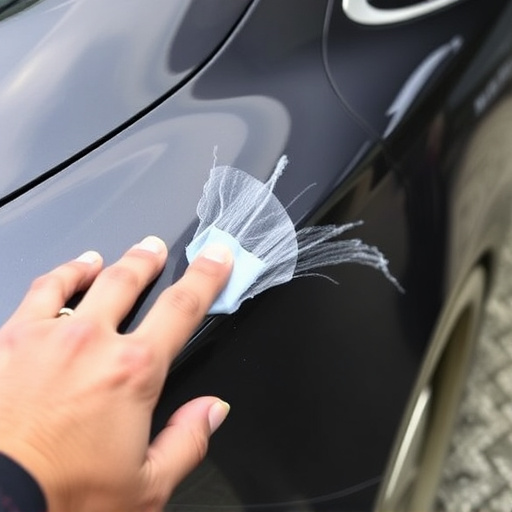
Achieving consistent color matching excellence requires a strategic approach that integrates various techniques and practices within the automotive repair process. One effective strategy involves utilizing standardized measurement tools to accurately assess colors before, during, and after the repainting or dent removal process. This includes investing in high-quality spectrophotometers, which provide precise data on color values and ensure uniform results across different car paint services.
Additionally, creating detailed, digitally documented color profiles for every vehicle can significantly enhance consistency. These profiles, combined with efficient communication among technicians, help maintain the integrity of original colors even during extensive car bodywork services. By fostering a culture of precision and adherence to these methods, auto repair shops can consistently deliver outstanding color matching excellence, ensuring customer satisfaction in their car paint services.
Consistency is the cornerstone of achieving superior color matching. By understanding color theory and implementing strategic approaches, professionals can ensure accurate results across various applications. Inconsistency leads to unpredictable outcomes, impacting both visual appeal and customer satisfaction. Therefore, adopting consistent practices is essential for maintaining high standards in the pursuit of color matching excellence.
